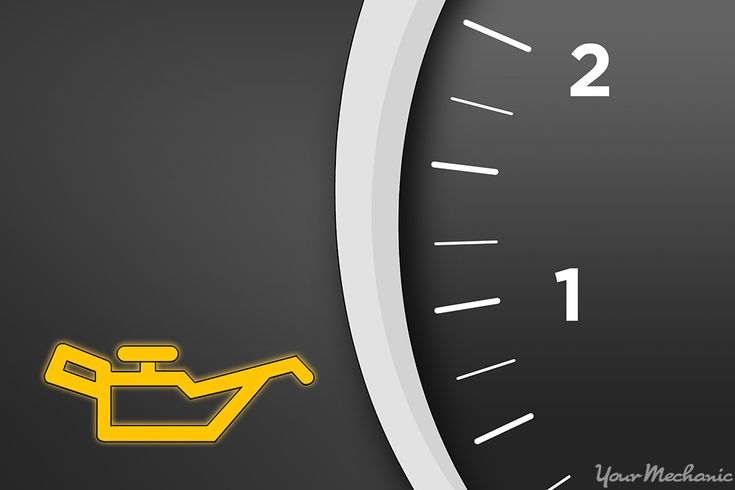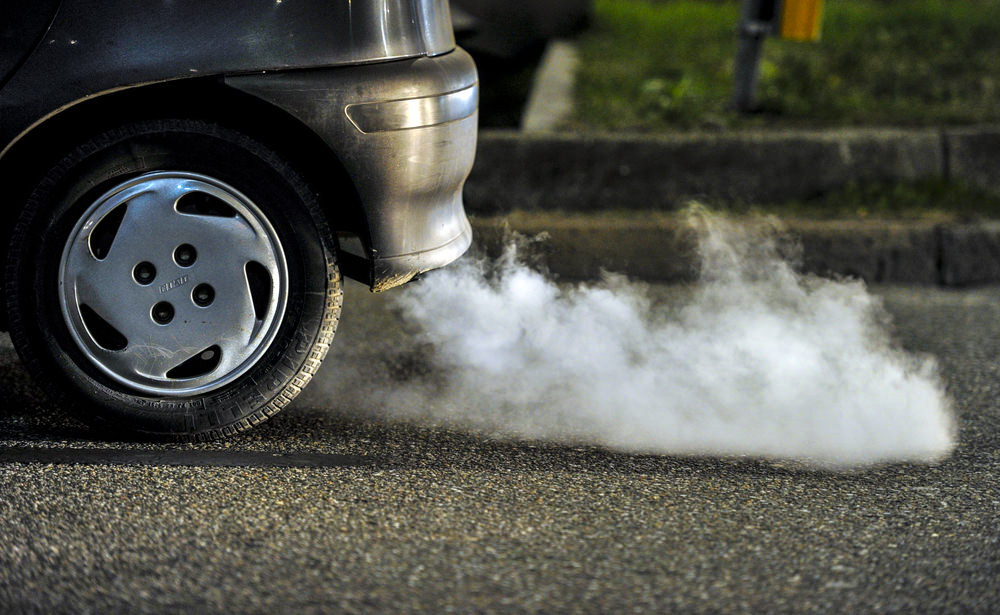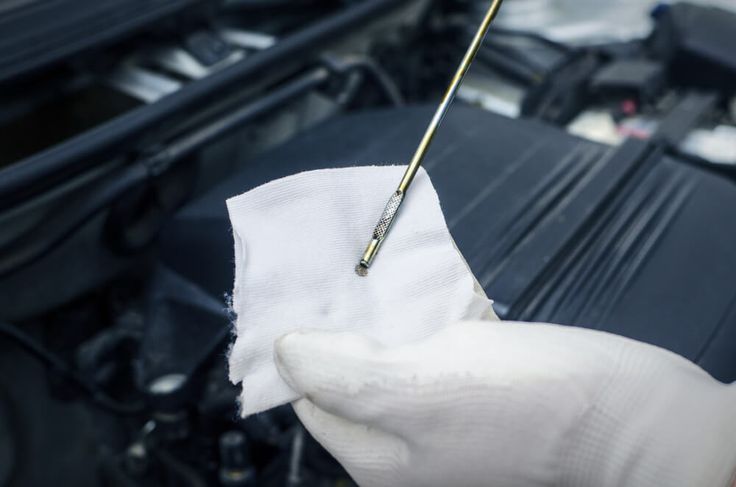Engine oil is the lifeblood of every vehicle. It protects engine parts and reduces friction. Maintaining the correct oil level is not just crucial, it’s fundamental to your vehicle’s performance and longevity. So what will happen if the engine oil is low? It’s usually gonna be fine as long as you catch it early enough. Now let’s find out 5 common low engine oil symptoms and how to solve the problem:
Contents
5 Low Engine Oil Symptoms You Shouldn’t Ignore
Recognizing the signs of low engine oil is very important to keep your car engine having good condition so how to tell if oil is low:
1. Oil pressure warning light

A warning light is the most immediate sign of the low oil engine. The illumination of the oil pressure light on your car dashboard is the way your car wants to say “I need some attention”. Low oil is the most common cause of reduced oil pressure. Because the oil is not supplied to the engine, the oil pressure drops. To know exactly if this is the cause, you should check the engine oil with the oil dipstick. If you see that the amount of oil is too low, near or below the Low level, this is the reason. There are many reasons why a vehicle has low engine oil such as not changing the oil for a long time, oil leakage, or the worn crankshaft bearing…
If the oil pressure light comes on, let’s pull over, and figure out what’s going on. Don’t just keep driving with that light on.
2. Engine noise
The next symptom on the list is a knocking sound in your engine. There are a few reasons why an engine can throw off a knocking sound, the most possibility is due to the low engine oil. The first but quite important job when you hear strange sounds coming from the engine is to check the engine oil. Add more oil if it is below the specified level. It’s likely due to increased friction among engine components, this is because there isn’t enough oil to lubricate the metal parts in the engine. If the noise does not go away, check the oil pressure by observing the warning light or clock displayed on the dashboard.
3. Burning smell
Here’s the thing: If you smell burning oil what could it mean? The oil is likely leaking and the oil level is low in your engine. The oil leak is one of the common causes of burning smells in cars. The cause is oil spilling into the exhaust pipe. At that time, the user not only feels a burning smell but also sees white smoke rising.
This situation often occurs when the truck is heavy and climbing hills, causing the engine rpm to operate at its highest level. In this case, you need to stop the car and use specialized tools to jack up it, check where the leak is, and find a way to fix it soon. If you continue intentionally, it will cause damage to the engine.
4. Overheating
Low oil levels can contribute to engine overheating, as oil helps to cool the engine. Low oil engine can result in insufficient cooling causing your engine to overheat. The oil is responsible for lubricating engine parts, filtering out dirt and metal particles, minimizing friction between pistons and cylinders during work, and simultaneously limiting corroding these parts in high-temperature environments.
Additionally, if you notice that after all your engine performs well and then slowly starts to worsen. And after an oil change, it’s better, so If this happens, the reason is definitely due to the low engine oil. You might experience sluggish acceleration, decreased power, or difficulty starting the engine.
5. Exhaust smoke

Last but not least, the 5 symptoms are the blue or gray smoke from the car exhaust. Excessive blue or white smoke can indicate oil burning, often caused by low oil levels. When the exhaust emits blue smoke, it means that a large amount of oil penetrates the combustion chamber, mixes with the gasoline/gas mixture, and burns to create smoke. Common causes of vehicles emitting blue smoke include leaking piston rings and damaged oil recovery valves (PCVs).
When your car is operating normally, it will emit almost colorless smoke, except in the case of cold air or water stagnant in the exhaust system. When the car starts, the exhaust system heats up, causing water vapor to form and be released in the form of white smoke. In other cases, if you see smoke coming out of the exhaust pipe when the vehicle is running, the vehicle likely has a fault; each type of fault will have a different smoke color.
Watch more:
What To Do If Engine Oil Is Low?
Before starting action, you also should identify the cause of low engine oil. Understanding what causes low engine oil is just as important as recognizing the symptoms. Over time it’s normal for engines to consume oil, however, if the amount of engine oil drops dramatically in a short period, the reason could be oil leaks that cause a gradual loss of oil.
Or worn-out engine components in older engines can burn oil faster. Lastly, a damaged oil pan or gasket can cause oil leakage. We will briefly summarize the common causes of low engine oil to help readers understand better:
- Oil leakage: Leaks in the engine, oil pan, or seals can cause oil to gradually seep out.
- Excessive oil consumption: Some engines consume more oil than others, especially as they age.
- Ignore checking oil: Neglecting to check oil levels regularly can lead to low oil situations.
What should you do:
- Pull over safely: While driving If you notice any of the low engine oil symptoms above, let’s pull over to a safe location as soon as possible.
- Check oil level: Use the oil dipstick to check the oil level, if it’s low, add suitable oil.
- Avoid overfilling: Adding too much oil can be harmful. Refer to your owner’s manual for the correct oil level.
To avoid the low engine oil, you should:
- Regular checking engine oil: This is the simplest way to know the engine oil level and see if your car’s oil needs replacing. You can check your car’s oil level with a dipstick. The oil dipstick is usually mounted on the bonnet of the car.
- Follow the maintenance schedule: You should follow the oil change intervals that are recommended by automakers.
- Inspect for leaks: Regularly check for oil leaks and fix them promptly.
- Use high-quality oil: Using the correct type and viscosity of oil is crucial for engine protection.
Hopefully, the article will be somehow useful for you. If you have any concerns, let us know in the comment below!



